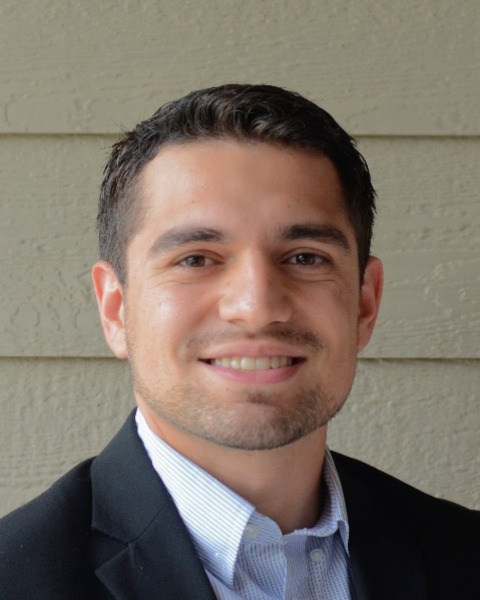PSM
9: The Impact of Surgical Volume and the Institutional Learning Curve on Cost in Cytoreductive Surgery with Hyperthermic Intraperitoneal Chemotherapy (CRS-HIPEC)

Yusuf Ciftci, BS
Medical Student
Johns Hopkins University School of Medicine
Baltimore, Maryland, United States
Yusuf Ciftci, BS
Medical Student
Johns Hopkins University School of Medicine
Baltimore, Maryland, United States
Yusuf Ciftci, BS
Medical Student
Johns Hopkins University School of Medicine
Baltimore, Maryland, United States
Shannon N. Radomski, MD (she/her/hers)
Resident Physician
Johns Hopkins University School of Medicine
Baltimore, Maryland, United States- BJ
Blake Johnson, BS
Medical Student
Johns Hopkins University School of Medicine, United States 
Fabian M. Johnston, MD, MHS
Associate Professor of Surgery
Division of Gastrointestinal Surgical Oncology, Johns Hopkins University School of Medicine, Baltimore, MD, United States
Baltimore, Maryland, United States- JG
Jonathan B. Greer, MD
Assistant Professor of Surgery
Johns Hopkins University School of Medicine, United States
Abstract Presenter(s)
Submitter(s)
Author(s)
Cytoreductive surgery with hyperthermic intraperitoneal chemotherapy (CRS-HIPEC) is an increasingly utilized, but costly, treatment for select patients with peritoneal malignancies. Higher surgeon and institutional volume have both been shown to improve outcomes and reduce costs in other oncological procedures. The effect of institutional volume and progress along an institutional learning curve on the cost of CRS-HIPEC is unknown.
Methods:
We performed a retrospective cohort study of patients undergoing CRS-HIPEC at a single quaternary care center from 2016-2022. Our study cohort was divided into four equally sized quartiles (n=50) based on date of surgery. We utilized cumulative sum plots and split-group analysis to characterize the institutional learning curve based on operating room cost, operative time, length of stay (LOS), and overall and serious morbidity. Bivariate analysis was performed using a Kruskal-Wallis test to compare continuous variables and a χ2 test to compare categorical variables.
Results:
The final cohort consisted of 201 patients. The median age (IQR) was 57 (47-65) years; 113 (56%) patients were female; 143 (71%) were white; and 107 (53%) had private insurance. Age, sex, race, and primary tumor location did not differ by volume quartiles. Median operating room cost of CRS-HIPEC varied between volume quartiles with the highest median cost in quartile C ($42,639 [IQR: $32,477-$54,872], followed by quartile D ($38,246 [$31,864-$42,298], quartile B ($36,232 [$27,635-$42,312]), and lastly quartile A $26,652 [IQR: $23,174-$33,299] (p< 0.001). Operative time, LOS, ICU LOS, overall and serious morbidity followed a similar trend as cost with an initial increase, followed by stabilization and then decrease over time. We found that the learning curve is triphasic; with an initial stabilization in the cost of CRS-HIPEC at 86 cases, followed by stabilization in LOS and operative time at 96 and 103 cases respectively, and finally there was a stabilization in the rate of overall and serious complications after 150 cases (Figure 1).
Conclusions:
Cost, operative time, length of stay, and complications initially increased then stabilized and ultimately decreased as institutional volume increased over a period of 6 years. The CRS-HIPEC learning curve is triphasic, with cost stability achieved relatively early compared to other markers of surgical proficiency.
Learning Objectives:
- Upon completion, participant will be able to describe the impact of institutional volume on cost in CRS-HIPEC.
- Upon completion, participant will be able inform decisions regarding training and surgical education after implementation of a CRS-HIPEC program.
- Upon completion, participant will be able to list the different stages of surgical learning in CRS-HIPEC.
